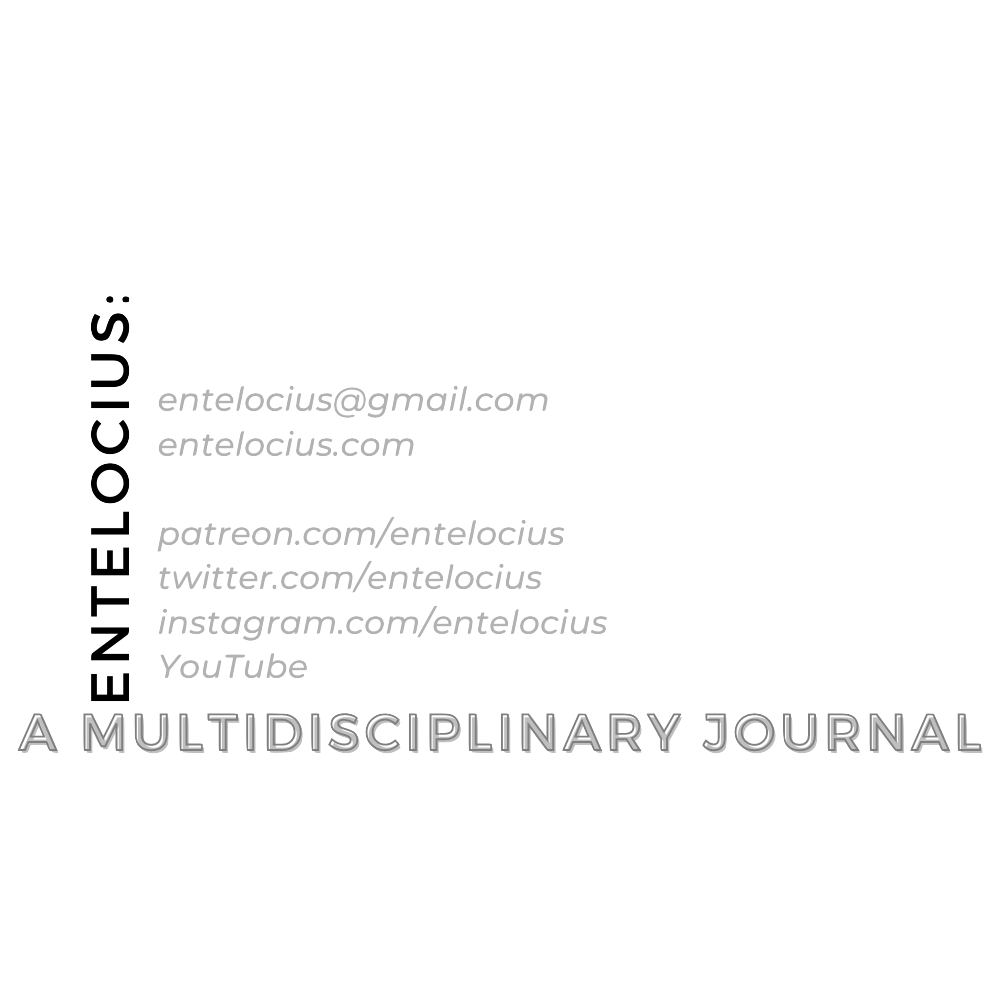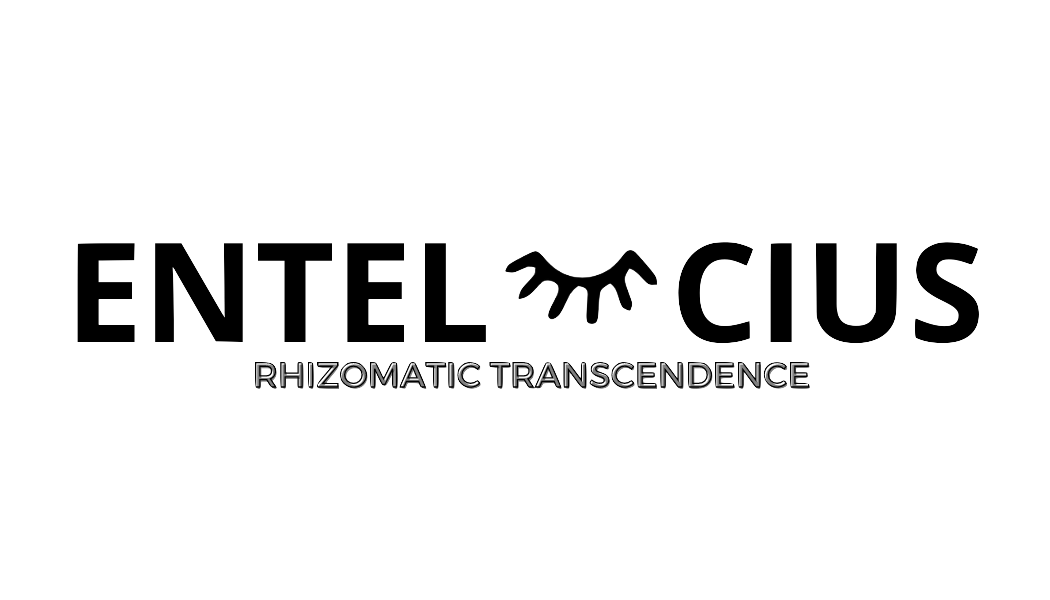97 / 5000 Translation results Le suicide et la différence limitante entre l'ego et l'intégrité du point de consigne du stress de survie dans le cerveau
Une brève formulation mathématique
Mots-clés :
psychologie, cognition, neurosciences, théorie freudienne, suicide, suicidalité, survie, adaptation, facteurs de stress, facteurs de stress de survie, évolution, points de consigne, ego, psychologie, cognition, neuroscience, théorie freudienne, suicide, suicidalité, survie, adaptation, facteurs de stress, facteurs de stress de survie, évolution, points de consigne, egoRésumé
La propension au suicide n'est pas psychologique, mais un produit défini de la violation de seuil des activités interdépendantes d'une série finie et hétérogène de facteurs de stress de survie, dont les activations homéostatiques et allostatiques définissent des points de consigne internes et des produits mutuels constituent collectivement l'intégrité de survie. Les facteurs de stress de survie proposés régissent la satiété, l'hydratation, l'adaptation du cycle de sommeil, l'accès à la reproduction, les relations socio-dynamiques, les menaces socio-dynamiques, l'accès aux opportunités, la syntonie de la connaissance de soi, la douleur physique, inconfort physique, équilibres thermodynamiques, équilibres coordinationnels ou vestibulaires, hygiène et besoins relationnels. Il est proposé que le suicide émane d'une violation irréversible des points de consigne des facteurs de stress de survie, spécifiquement en termes de différence limitante du moi freudien ou neuroceptif, qui est considéré comme fondé sur une expression cohérente stable et continue dérivant d'activations répétées de réseaux fonctionnels. . Une brève formulation de système mathématique est présentée, établissant les mérites dynamiques de cette
proposition litigieuse.
Références
Airey, N. D., & Iqbal, Z. (2020). Are clinicians confident in the risk assessment of
suicide?: A systematic literature review. Archives of Suicide Research, 1–13. https://doi.org/10.1080/13811118.2020.1792019
Baumeister, R. F. (2014). Self-regulation, ego depletion, and inhibition. Neuropsychologia, 65, 313-319. https://doi.org/10.1016/
j.neuropsychologia.2014.08.012
Berman, A. L., & Silverman, M. M. (2020). Near term suicide risk assessment: A commentary on the clinical relevance of protective factors. Archives of Suicide Research, 24(sup2), S370–S380. https://doi.org/10.1080/13811118.2019.1612804
Boggs, J. M., Quintana, L. M., Powers, J. D., Hochberg, S., & Beck, A. (2020). Frequency of clinicians’ assessments for access to lethal means in persons at risk for suicide. Archives of Suicide Research, 1–10. https://doi.org/10.1080/13811118.2020.1761917
Brito, G. N. O. (2002). Mind from genes and neurons: A neurobiological model of Freudian psychology. Medical Hypotheses, 59(4), 438–445.
Centers for Disease Control and Prevention (CDC). (2019). Injury prevention and control: Data & statistics (WISQARS). http://www.cdc.gov/injury/wisqars/index.html. Accessed 11 February 2021.
Chartrand, H., Tefft, B., Sareen, J., Hiebert-Murphy, D., Katz, L. Y., Klonsky, E. D., Wang, Y., Kim, H., & Bolton, J. M. (2020). A longitudinal study of correlates, discharge disposition, and rate of re-presentation to emergency services of adults who engage in non-suicidal self-injury. Archives of Suicide Research, 1–20. https://doi.org/10.1080/13811118.2020.1856259
Damasio, A. R. (1999). The feeling of what happens: Body and emotion in the making of consciousness. New York, NY: Harcourt Brace.
Duffy, M. E., Rogers, M. L., Gallyer, A. J., & Joiner, T. E. (2020). Body trust and agitation: Pathways to suicidal thoughts and behaviors. Archives of Suicide Research, 24(sup2), S236–S250. https://doi.org/10.1080/13811118.2019.1592039
Freud, S. (1900). The interpretation of dreams. S.E., 4/5.
Freud, S. (1961). The ego and the id. W W Norton & Co.
Frick, R. B. (1982). The ego and the vestibulocerebellar system: Some theoretical perspectives. The Psychoanalytic Quarterly, 51(1), 93–122. https://doi.org/10.1080/21674086.1982.11926986
Garrison, A. (1995). Psychotherapy and the modern ego. The Humanistic Psychologist, 23(2), 227–238. https://doi.org/10.1080/08873267.1995.9986826
Hill, R. M., Oosterhoff, B., & Do, C. (2020). Using machine learning to identify suicide risk: A classification tree approach to prospectively identify adolescent suicide attempters. Archives of Suicide Research, 24(2), 218–235. https://doi.org/10.1080/13811118.2019.1615018
Holman, M. S., & Williams, M. N. (2020). Suicide risk and protective factors: A network approach. Archives of Suicide Research, 1–18. https://doi.org/10.1080/13811118.2020.1774454
Kuhlman, S. T. W., Smith, P. N., Marie, L., Fadoir, N. A., & Hudson, K. (2020). A pilot randomized controlled trial of the alliance project gatekeeper training for suicide prevention. Archives of Suicide Research, 1–17. https://doi.org/10.1080/13811118.2020.1767246
Massey, A. E., Borghesani, P., Stuber, J., Ratzliff, A., Rivara, F. P., & Rowhani-Rahbar, A. (2020). Lethal means assessment in psychiatric emergency services: Frequency and characteristics of assessment. Archives of Suicide Research, 1–15. https:// doi.org/10.1080/13811118.2020.1783411
Pachkowski, M. C., May, A. M., Tsai, M., & Klonsky, D. E. (2019). A brief measure of unbearable psychache. Suicide and Life-Threatening Behavior, 49(6), 1721-1734. https://doi.org/10.1111/sltb.12556
Plancke, L., Amariei, A., Danel, T., Debien, C., Duhem, S., Notredame, C.-E., Wathelet, M., & Vaiva, G. (2020). Effectiveness of a French program to prevent suicide reattempt (VigilanS). Archives of Suicide Research, 1–12. https://doi.org/ 10.1080/13811118.2020.1735596
Polihronis, C., Cloutier, P., Kaur, J., Skinner, R., & Cappelli, M. (2020). What’s the harm in asking? A systematic review and meta-analysis on the risks of asking about suicide-related behaviors and self-harm with quality appraisal. Archives of Suicide Research, 1–23. https://doi.org/10.1080/13811118.2020.1793857
Rassy, J., Daneau, D., Larue, C., Rahme, E., Low, N., Lamarre, S., Turecki, G., Bonin, J.-P., Racine, H., Morin, S., Dasgupta, K., Renaud, J., & Lesage, A. (2020). Measuring quality of care received by suicide attempters in the emergency department. Archives of Suicide Research, 1–10. https://doi.org/10.1080/13811118.2020.1793043
Rizzolatti, G., Semi, A. A., and Fabbri-Destro, M. (2014). Linking psychoanalysis with neuroscience: The concept of ego. Neuropsychologia, 55, 143-148.
Shill, M. (2011). Intersubjectivity and the ego. Psychoanalytic Social Work, 18(1), 1–22. https://doi.org/10.1080/15228878.2011.561702
Uğur, K., Demirkol, M. E., & Tamam, L. (2020). The mediating roles of psychological pain and dream anxiety in the relationship between sleep disturbance and suicide. Archives of Suicide Research, 1–17. https://doi.org/10.1080/13811118.2020.1740124
van de Venne, J., Cerel, J., Moore, M., & Maple, M. (2020). Sex differences in mental health outcomes of suicide exposure. Archives of Suicide Research, 24(2), 158–185. https://doi.org/10.1080/13811118.2019.1612800
Watling, D., Preece, M., Hawgood, J., Bloomfield, S., & Kõlves, K. (2020). Developing an intervention for suicide prevention: A rapid review of lived experience involvement. Archives of Suicide Research, 1–16. https://doi.org/10.1080/13811118.2020.1833799
World Health Organization (WHO) (2019). SDG target 3.4, indicator 3.4.2 suicide mortality rate. Retrieved from http://www.who.int/mental_health/prevention/suicide/suicideprevent/en/. Accessed on 11 February 2021.

Téléchargements
Publié-e
Comment citer
Numéro
Rubrique
Licence
(c) Tous droits réservés Entelocius : une revue pluridisciplinaire 2021

Cette œuvre est protégée sous licence Creative Commons Attribution - Partage dans les Mêmes Conditions 4.0 International.




